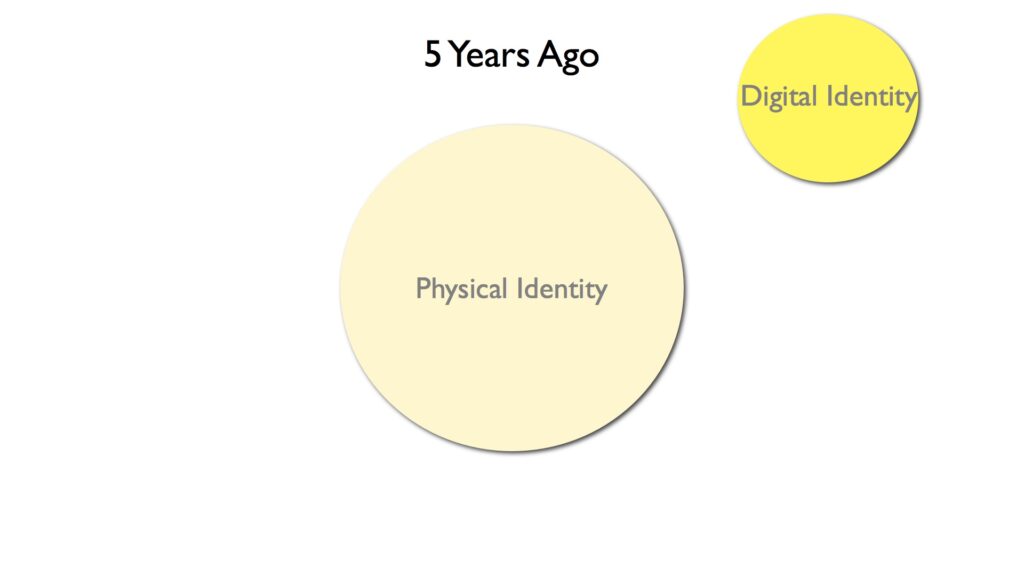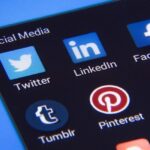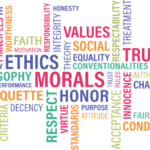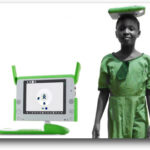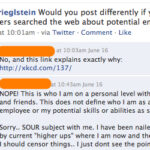In the Secrets Behind Myspace and Facebook lecture we do a quick introduction to digital identity:

It was easy when your digital identity was primarily how you represented yourself in chat rooms, to pretend to be anyone you wanted to be. Your digital identity did not have to overlap with your real identity.

Now, with Facebook’s (and now “me too” myspace’s) helpful upload pics and tag your friends feature it’s pretty much impossible to have friends and pretend to be someone you are not. The more friends you have, the more pics they upload, the more real “you” your digital identity will be.
We tell the students there are two main stages. The stage where you can’t, and shouldn’t trust yourself – we say “you know you are here when you did something stupid last Friday and you are pretty sure you are going to do something stupid this Friday too.” We say, “If you can’t trust yourself, hunker down. Keep your digital identity as small as possible. Use privacy. Keep your online friend group small. Avoid pictures.”
If, on the other hand, you are at the stage where you can trust yourself, where you are pretty responsible and focused on doing good things, then the opportunity is to let your digital identity fill up with all of this good stuff.
To expand. To network. To see what is beyond your current horizons. To use the power of the tools you have at your fingertips: youtube, Linkedin, del.icio.us, Facebook, etc. etc. etc. To let your digital identity stretch out across the world and represent you in the best possible setting. To become searchable. To become a node in the network.
We tell stories about students just like them that have landed full-time pay for part-time jobs doing what they love. Who has done this as sophomores in college using Facebook. It’s not rocket science, it’s networking using the tools.
The opportunity, when the student is ready, is immense:
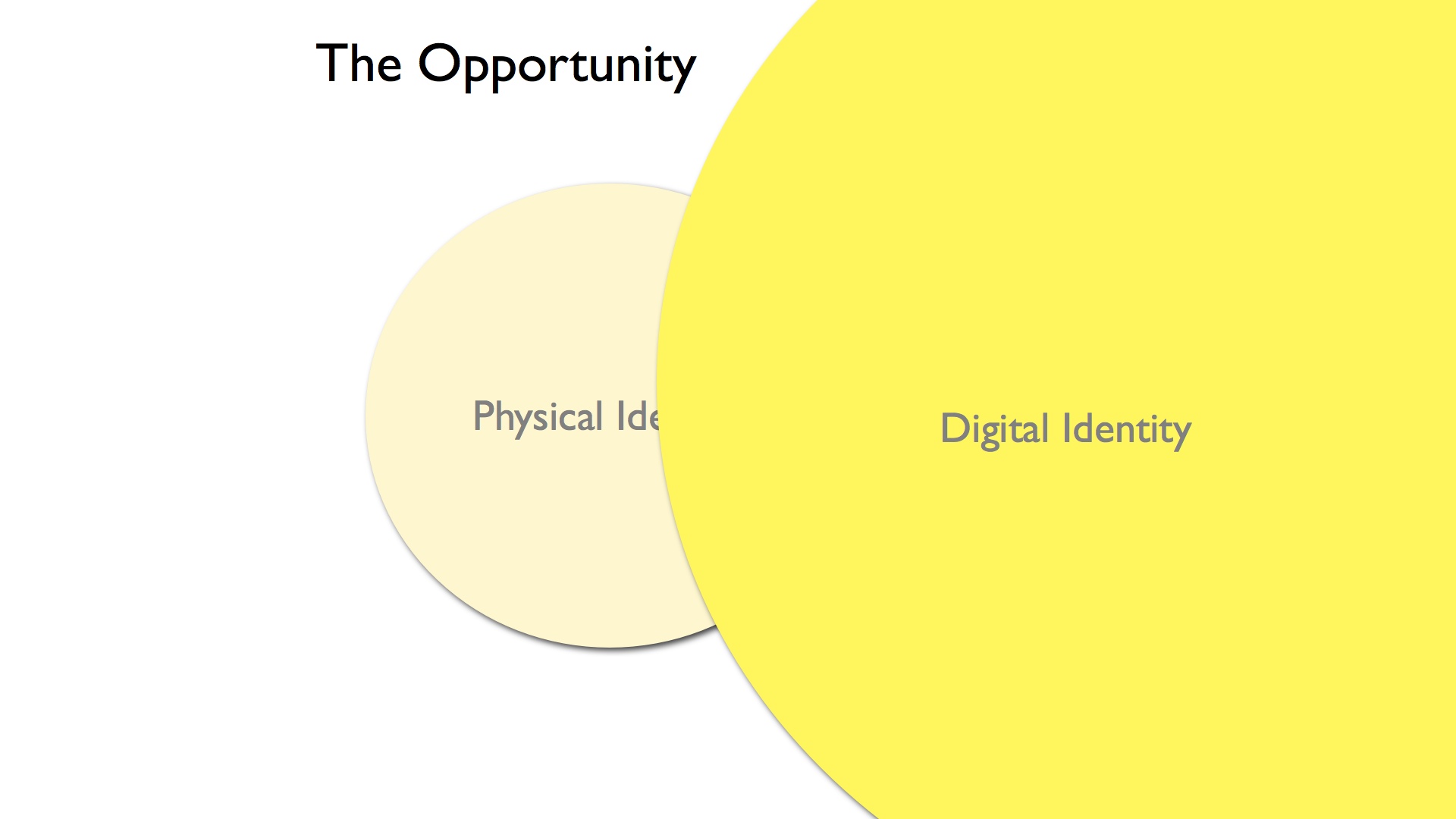
I believe the expansion of self is a responsibility of higher education. The digitalization of self allows for massive expansion. Sure, this can be bad when the identity consists of racially stupid Halloween parties. The same tool allows a student to make a national ass of themselves, but that reality should not push the schools into limiting the rest of the students.
The students will be ready at different rates. This is where education comes in – to help the student be ready and know when they are. And when they are ready, they should have the ability to expand as big as possible.
Restricting the students to an online social network run by the school limits the student’s ability to expand. This is antithetical to the aims of higher education.
